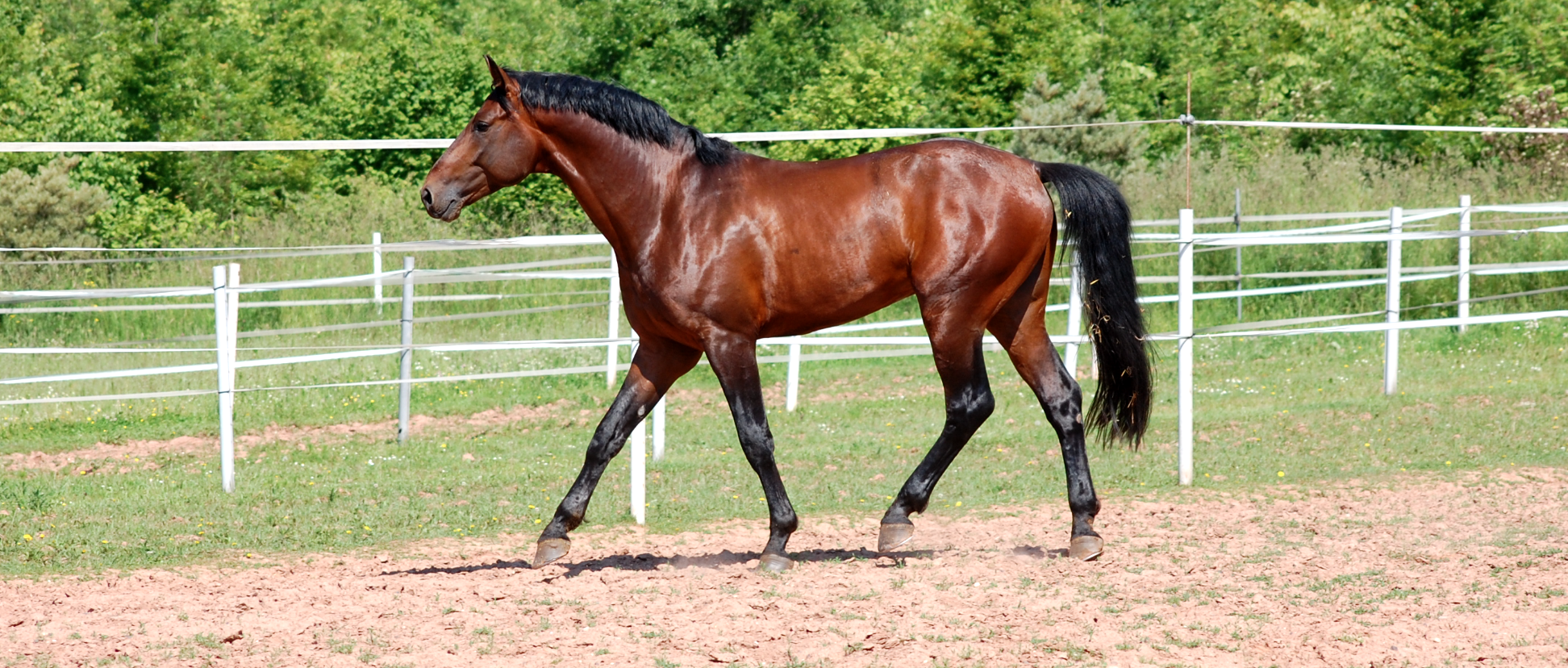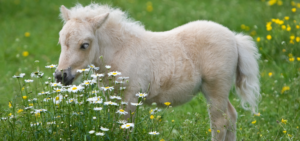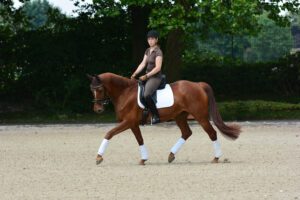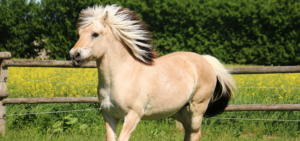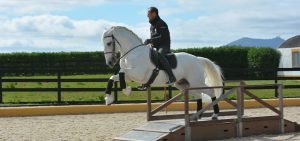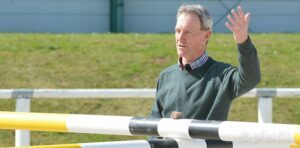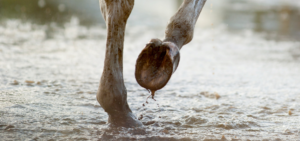Before warming up, during breaks in our training, when cooling down or simply while hacking out, the walk tends to be the gait that we ride our horses the most. But the truth is many riders don’t actually ride enough walk, or only use it as a “resting” pace. The walk is often no longer ridden but only sat upon. Nevertheless, the opportunities for improvement in walk are unlimited, first because you can train everything, from lateral movements to transitions. But also because if a movement doesn’t go well in the walk, the chances for it to work in trot or canter are fairly limited.
In this article you will find out why paying more attention to your training in walk will help your riding, with the likelihood of making more advanced movements easier to ask for and achieve. If you’re not quite sure what a correct walk should actually look like, read on! We are also going to explain how to improve the walk, no matter what breed of horse you ride.
Summary
- The well being of the horse
- For young horses
- What does a good walk looks like
- How to improve the walk
- Typical mistakes and how to correct them
- Improving the walk with cavalettis
Why the walk is considered the mother of all gaits
1 – Why is walking so important for your horse?
Let’s be honest: Do you only walk your horse with long reins while talking with your friends? There is nothing wrong with this but there is so much more you can do!
It’s essential at the beginning of the warm up for the horse to walk freely, on a long rein, without any pressure from your aids. Nevertheless, it’s a good idea, that once your horse has loosened up, you start training in walk before you commence the trot work. Depending on your horse, if he is very laid back or a bit lazy, it may be better to trot a few minutes in a forwards downwards stretching frame and then train the walk.
In walk, all faults are visible and this reflects the quality of your own riding rather than on the natural ability of the horse. If there are any issues with the contact or the rhythm, these will be hard to hide and is something that can be corrected through correct training. When a horse has been standing around, especially during winter if he’s been in a box all night and maybe all day,warming him up with walk is absolutely essential to avoid soundness issues, all the joints, muscles, tendons and ligaments need adequate time to warm up, and the flow of joint fluid only occurs through movement.
If you can walk outdoors, this is often a welcome change of scenery and some fresh air, for you and your horse. 10 or 15 minutes on a long rein, encouraging the horse to stretch his neck down and his nose forward, this allows the back muscles to progressively stretch and warm up. During this phase you can ask for a little leg yielding, ideally whilst maintaining the stretch down to the bit.
This warming up phase is enjoyable for your horse and is a chance to improve your walk by implementing training exercises within the walk and helps prevent injuries.
Anja Beran explains why too little attention is paid to the quality of the walk.
“What does not work in walk won’t work in trot or canter”
For Anja Beran, everything needs to be learned step by step, for horses as for humans. Always start with an easy request and then increase the difficulty as you and the horse become more comfortable with the exercise.
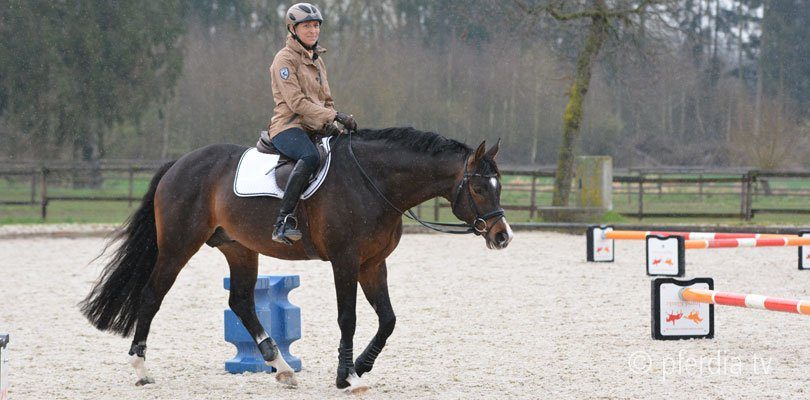
2 – Why should young horses be trained in walk?
For young horses, it’s important for all movement to be introduced in walk as this then gives them the opportunity to understand and perform the movements correctly. They will have time to analyse and give the appropriate response to the aids you are giving.
You can also work very precisely on your aids and communication with your horse as you have more time to give your commands!
3 – What does a good walk look like?
There are various criteria for judging whether the walk is correct or not. What we are looking for is a horse that is travelling forward in a willing way without rushing. We can then look down at where his hooves are landing, or if he is tracking up or over, observing how far over the print of his front hoof, he steps with his hind hoof, ideally at least on top of the print of the front hoof but better is 2 hoof lengths over, whereas some horses have enormous walks, the hind foot landing a long way over the front. Keep in mind a huge walk like this can be difficult to train without losing rhythm or the purity of the walk. A V-phase should also be visible during the walk, this means that the the front and the hind leg form a V shape, a horse with a lateral walk will lack this. We are also looking for freely moving shoulders, allowing the horse to maintain his natural balance by moving his neck up and down in time with the walk.
What is very important with the walk is for it to be ridden correctly from the beginning, as it is easy to influence the walk in a negative way through incorrect training, and to maintain and even improve the walk through consistent, correct riding.
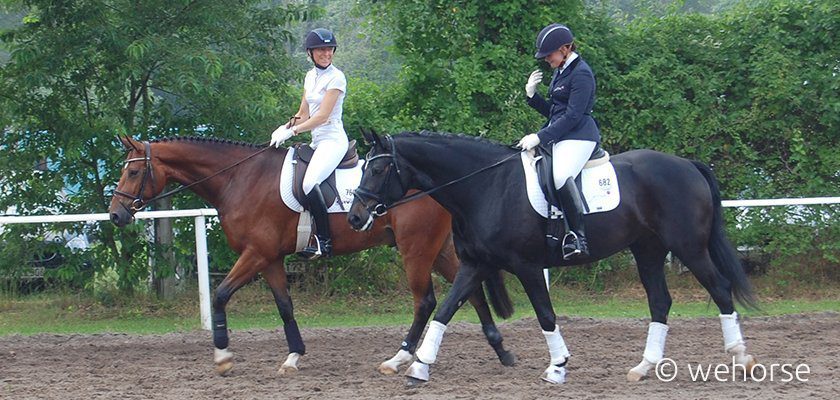
4 – How to improve your horse’s walk?
First of all, train your eye by watching other horses from the ground or when you’re riding, try to notice what goes well and what seems to go wrong. If something doesn’t seem correct, try to determine what the cause could be by looking at the rider.
Does the horse only take short strides and doesn’t move freely through the shoulder? Then take a look at the rider’s hands, are they restricting the movement by being too strong or rigid…?
Once you’ve developed your eye for a correct walk, take a look at the walk of your own horse. You can use mirrors if you have some or ask someone to film you. Of course, it’s also important to have your trainer on the ground to help you!
Two options:
1 – Your horse’s basic walk is good, regular and steady: try introducing different exercises such as leg yielding, lengthening the strides or transitions to halt and see if you can maintain the same quality of walk during and between exercises.
2 – Your horse’s walk needs improvement: depending on the degree of the problem or the cause, you should first simply try to improve the basic walk before attempting any further exercises. Always think about your aids, are your hands allowing your horse to move freely with the shoulders, are you following his neck up and down and allowing him to swing with his back, are your hips following the movement of the horse…?
Remember that problems in walk can take time to be solved! Be patient and expect gradual progress!
5 – Typical mistakes and how to correct them
An active leg at the wrong moment: Some horses struggle to stay active in walk, resulting in the rider giving leg aids at every stride. It’s important for the horse to understand the aids and not get “to used to it”, or to simply learn to ignore your busy legs. If you have the feeling that you are pushing your horse every stride, try to think about getting him sensitive to the leg aids by giving fewer, clearer aids and giving him a chance to respond before asking again.
On the contrary, for sensitive horses, too much leg can result in a rushed walk, that the rider then attempts to slow down by using their hands. These horses will tend to take quick strides, lose their rhythm, stiffen their backs and the regularity of the walk won’t be achieved.
Rigid or strong hands: they will restrict the movement of the horse, the steadiness of the walk will be disturbed causing problems with the regularity.
It’s important not to close, or try to get your horse”on the bit”, with your hands. A horse which is being forced to close, or go round, from the front, cannot have a nice and steady contact to the bit, nor a correct frame, or swing through the back, all of which affect his ability to walk correctly.
Let your horse come to the contact, follow the movement of the mouth with a soft but steady contact. Work patiently!
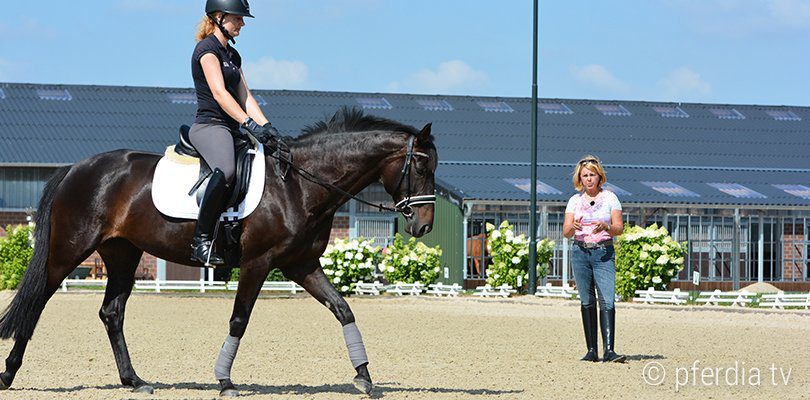
6 – Improving the walk with Cavaletti
Cavaletti training can help you improve the regularity of the pace and encourage activity of the hindquarters. It can also help your horse improve self awareness, sure footedness and overall interest in maintaining an active walk!
Training your horse in walk is too valuable to be skipped!
First – Ride more walk, before, during and after your training session!
Second – Don’t start trotting and cantering before you feel that the training in walk is working well. If you have a nice contact and the horse is attentive to your aids then it’s a good time to start more complicated exercises
Third: Focus on your horse when you walk, it’s always nice to talk with friends while walking but give yourself and your horse the time by including it as part of your training!

